Home>Storage & Organization>Kitchen Organizing Tools>Why Does My Cat Scratch The Walls Of His Litter Box
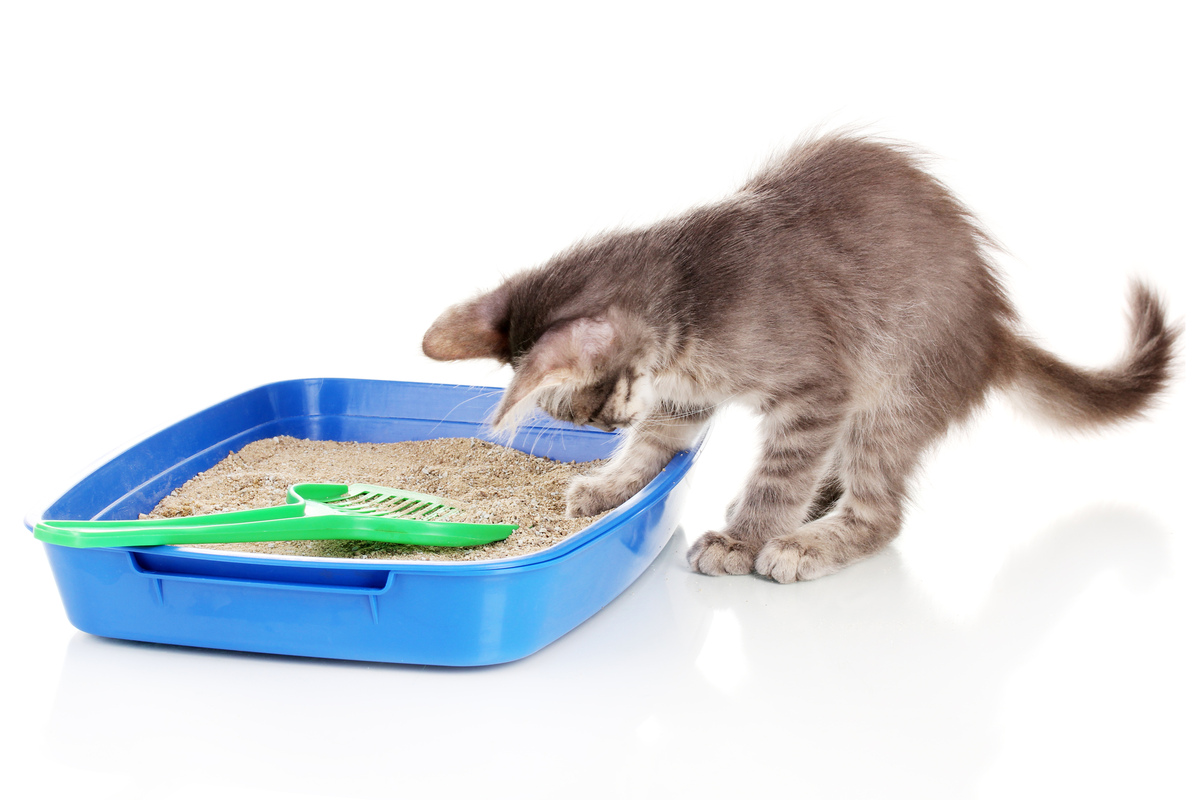

Kitchen Organizing Tools
Why Does My Cat Scratch The Walls Of His Litter Box
Modified: February 25, 2024
Discover the best kitchen organizing tools to keep your space clutter-free and efficient. Find the perfect solutions for your kitchen today!
(Many of the links in this article redirect to a specific reviewed product. Your purchase of these products through affiliate links helps to generate commission for Storables.com, at no extra cost. Learn more)
Introduction
Cats are fascinating creatures with unique behaviors that often leave their human companions puzzled. One common perplexing behavior is when a cat scratches the walls of its litter box. This behavior can be both perplexing and frustrating for cat owners, leading to questions such as "Why does my cat do this?" and "Is there a way to prevent it?"
Understanding the reasons behind this behavior is crucial for addressing it effectively. By delving into the motivations behind a cat's wall-scratching tendencies, we can gain valuable insights into their needs and preferences. This, in turn, can help us create a more harmonious living environment for both feline and human occupants.
In this article, we will explore the intriguing world of cat behavior, uncovering the potential reasons why cats engage in wall scratching within their litter boxes. Additionally, we will discuss practical strategies for addressing and preventing this behavior, ultimately fostering a more peaceful coexistence between cats and their human companions. So, let's embark on this enlightening journey into the enigmatic behavior of our feline friends.
Key Takeaways:
- Cats scratch the walls of their litter box to mark their territory, maintain hygiene, and sharpen their claws. Understanding their instincts helps create a harmonious environment for cats and their human companions.
- Providing alternative scratching surfaces, maintaining litter box cleanliness, and seeking veterinary guidance can help address and prevent cats from scratching the walls of their litter box. Understanding and accommodating their natural instincts is key.
Read more: Why Does My Cat Scratch The Litter Box
Understanding the Behavior of Cats
Cats are enigmatic creatures, often exhibiting behaviors that can be perplexing to their human companions. Understanding the motivations behind these behaviors is essential for fostering a deeper connection with our feline friends. When it comes to the peculiar habit of scratching the walls of their litter box, it's important to recognize that cats are inherently territorial animals. This behavior can be attributed to their natural instincts and communication methods.
In the wild, cats use scratching as a means of marking their territory. By leaving both a visual mark and a scent from the glands in their paws, they establish their presence and assert ownership over a particular area. This territorial marking behavior is deeply ingrained in their instincts and remains a fundamental aspect of their identity, even in domestic settings.
Furthermore, cats are meticulous about their hygiene and surroundings. They have a strong aversion to using a soiled litter box, and wall scratching may be their way of signaling their dissatisfaction with the cleanliness of their designated elimination area. This behavior can also serve as a form of displacement activity, allowing cats to release pent-up energy or frustration.
Additionally, the texture of the litter box walls can play a role in this behavior. Cats have a natural inclination to scratch and sharpen their claws, and the walls of the litter box may provide a convenient surface for this activity. This behavior serves the dual purpose of maintaining their claw health and leaving their mark within their territory.
Understanding these underlying motivations can provide valuable insights into the complex world of feline behavior. By recognizing the innate territorial instincts, hygiene preferences, and claw maintenance needs of cats, we can approach their wall-scratching behavior with empathy and a deeper understanding of their intrinsic nature.
As we delve deeper into the reasons behind this behavior, we gain a greater appreciation for the intricate ways in which cats communicate and interact with their environment. This understanding forms the foundation for implementing effective strategies to address and prevent wall scratching, ultimately nurturing a more harmonious coexistence between cats and their human companions.
Reasons Why Cats Scratch the Walls of Their Litter Box
Cats are known for their enigmatic behaviors, and the act of scratching the walls of their litter box is no exception. This behavior can be attributed to a combination of innate instincts, territorial marking, hygiene preferences, and claw maintenance needs.
Territorial Marking
In the wild, cats use scratching as a means of marking their territory. By leaving both a visual mark and a scent from the glands in their paws, they establish their presence and assert ownership over a particular area. This territorial marking behavior is deeply ingrained in their instincts and remains a fundamental aspect of their identity, even in domestic settings. When a cat scratches the walls of its litter box, it may be instinctively claiming that space as its own, reinforcing a sense of ownership within its living environment.
Hygiene Preferences
Cats are meticulous about their hygiene and surroundings. They have a strong aversion to using a soiled litter box, and wall scratching may be their way of signaling their dissatisfaction with the cleanliness of their designated elimination area. This behavior can also serve as a form of displacement activity, allowing cats to release pent-up energy or frustration. By scratching the walls, they may be expressing their need for a clean and comfortable space for their essential activities.
Claw Maintenance
The texture of the litter box walls can play a role in this behavior. Cats have a natural inclination to scratch and sharpen their claws, and the walls of the litter box may provide a convenient surface for this activity. This behavior serves the dual purpose of maintaining their claw health and leaving their mark within their territory. By engaging in this behavior, cats fulfill their instinctual need to keep their claws in optimal condition while also subtly marking their presence in their living space.
Understanding these underlying motivations provides valuable insights into the complex world of feline behavior. By recognizing the innate territorial instincts, hygiene preferences, and claw maintenance needs of cats, we can approach their wall-scratching behavior with empathy and a deeper understanding of their intrinsic nature.
As we delve deeper into the reasons behind this behavior, we gain a greater appreciation for the intricate ways in which cats communicate and interact with their environment. This understanding forms the foundation for implementing effective strategies to address and prevent wall scratching, ultimately nurturing a more harmonious coexistence between cats and their human companions.
How to Address and Prevent Wall Scratching
Understanding the underlying reasons behind a cat's wall-scratching behavior is the first step toward implementing effective strategies to address and prevent this perplexing habit. By acknowledging the innate instincts and needs that drive this behavior, cat owners can take proactive measures to create a more conducive environment for their feline companions. Here are practical approaches to address and prevent wall scratching:
Provide an Adequate Scratching Outlet
One effective strategy is to offer alternative scratching surfaces that fulfill a cat's natural instincts while diverting their attention away from the walls of the litter box. Investing in a sturdy scratching post or pad can provide cats with an appropriate outlet for their claw maintenance and territorial marking needs. Placing the scratching post near the litter box can help redirect their scratching behavior to a more suitable location.
Maintain Litter Box Cleanliness
Ensuring the cleanliness of the litter box is crucial in addressing a cat's wall-scratching tendencies. Cats are fastidious creatures and may resort to scratching the walls if they find the litter box unclean or soiled. Regularly scooping and changing the litter, as well as cleaning the walls of the litter box, can help alleviate their dissatisfaction and discourage wall scratching as a form of protest.
Read more: Why Does My Cat Spray In The Litter Box?
Explore Different Litter Box Options
Experimenting with various litter box designs and textures can offer insights into a cat's preferences. Some cats may exhibit wall scratching behavior due to discomfort with the texture or size of the litter box. Providing a larger, open litter box or trying different types of litter can help address any underlying issues that contribute to wall scratching.
Utilize Pheromone-Based Products
Pheromone-based products, such as diffusers or sprays, can help create a calming environment for cats, potentially reducing stress-related behaviors, including wall scratching. These products emit synthetic pheromones that mimic those produced by cats, promoting a sense of security and well-being. Introducing such products near the litter box area can contribute to a more relaxed atmosphere, diminishing the likelihood of wall scratching.
Seek Veterinary Guidance
In some cases, persistent wall scratching may be indicative of underlying health issues or stress-related behavior. Consulting a veterinarian can provide valuable insights into a cat's behavior and overall well-being. A thorough examination can help rule out any medical concerns and guide the implementation of behavior modification strategies tailored to the specific needs of the cat.
By incorporating these proactive measures, cat owners can effectively address and prevent wall scratching, fostering a harmonious living environment for both cats and their human companions. Understanding and accommodating a cat's natural instincts and preferences is key to nurturing a fulfilling and mutually rewarding relationship with these captivating feline companions.
Conclusion
In conclusion, the enigmatic behavior of cats scratching the walls of their litter box can be attributed to a combination of innate instincts, territorial marking, hygiene preferences, and claw maintenance needs. Understanding these underlying motivations provides valuable insights into the complex world of feline behavior, allowing cat owners to approach their pets' wall-scratching tendencies with empathy and a deeper understanding of their intrinsic nature.
By recognizing the innate territorial instincts of cats, we gain a greater appreciation for the intricate ways in which they communicate and interact with their environment. This understanding forms the foundation for implementing effective strategies to address and prevent wall scratching, ultimately nurturing a more harmonious coexistence between cats and their human companions.
Through proactive measures such as providing alternative scratching surfaces, maintaining litter box cleanliness, exploring different litter box options, utilizing pheromone-based products, and seeking veterinary guidance when necessary, cat owners can effectively address and prevent wall scratching. By accommodating a cat's natural instincts and preferences, a more conducive environment can be created, fostering a fulfilling and mutually rewarding relationship between cats and their human companions.
As we continue to unravel the mysteries of feline behavior, it becomes increasingly clear that cats are complex, sentient beings with unique needs and behaviors. By approaching their actions with understanding and compassion, we can create an environment that supports their well-being and strengthens the bond between humans and their feline companions.
In the journey of understanding and addressing the perplexing behavior of cats scratching the walls of their litter box, we embark on a path of empathy, patience, and a deep appreciation for the intricate nature of our feline friends. Through this journey, we not only enhance our understanding of cats but also enrich our relationships with these captivating and enigmatic creatures.
Frequently Asked Questions about Why Does My Cat Scratch The Walls Of His Litter Box
Was this page helpful?
At Storables.com, we guarantee accurate and reliable information. Our content, validated by Expert Board Contributors, is crafted following stringent Editorial Policies. We're committed to providing you with well-researched, expert-backed insights for all your informational needs.
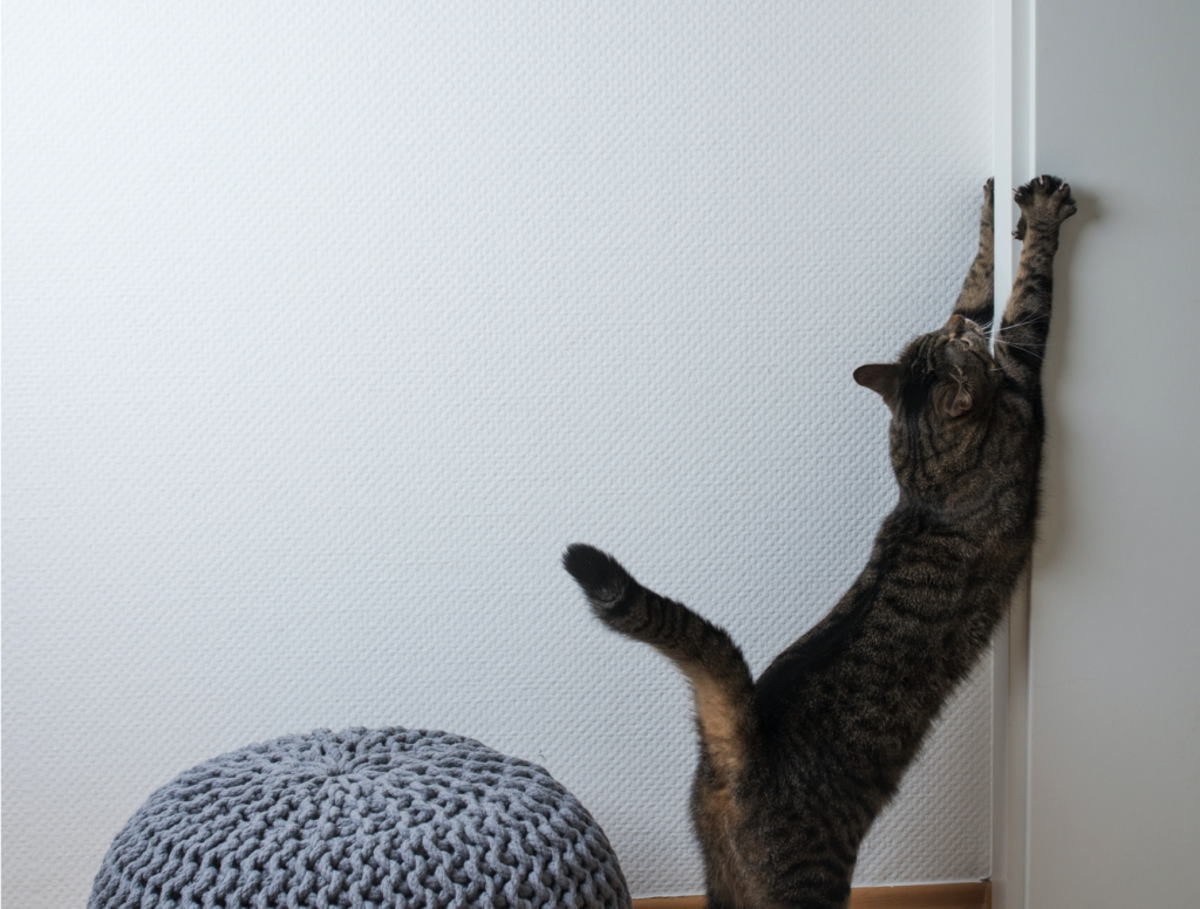
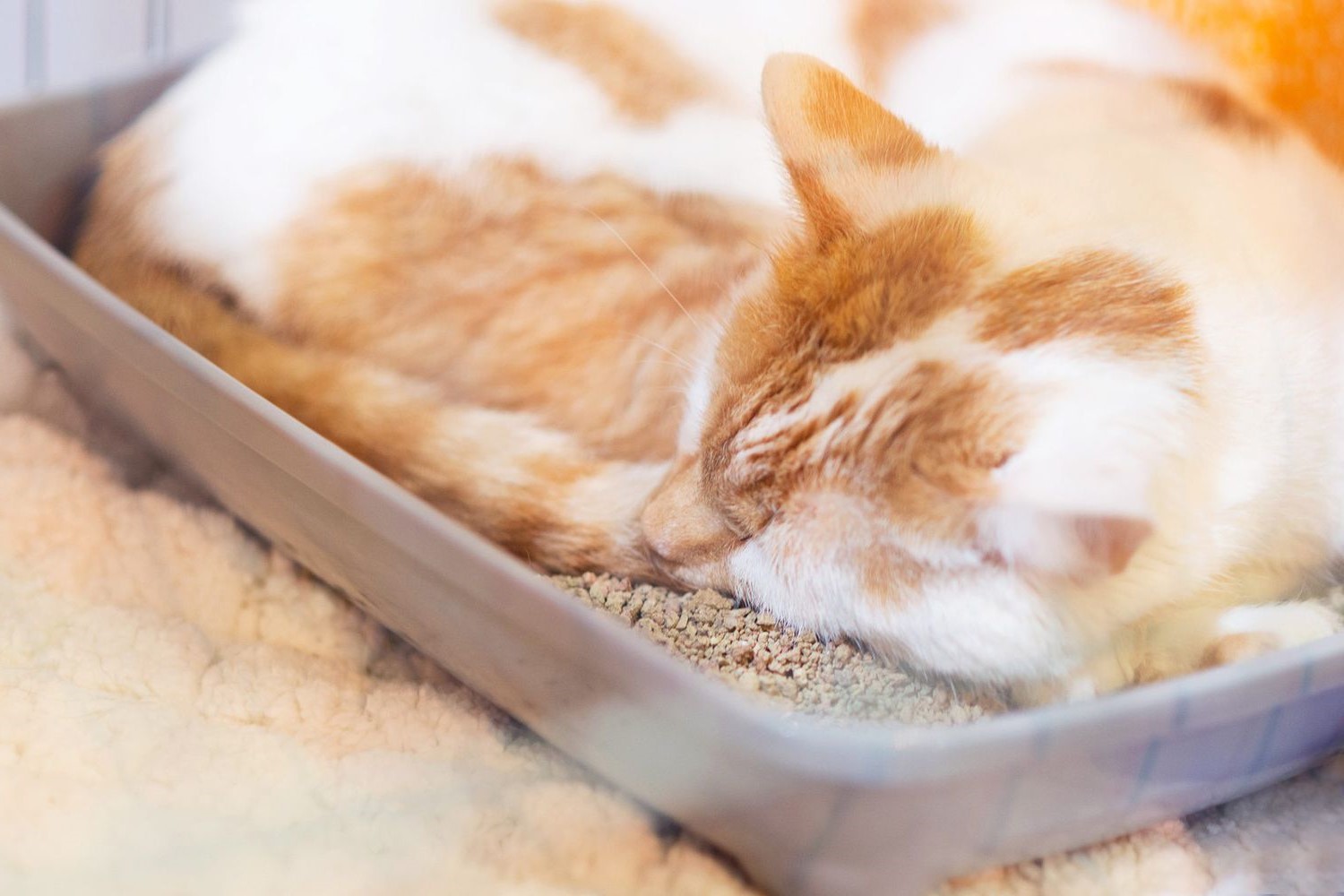
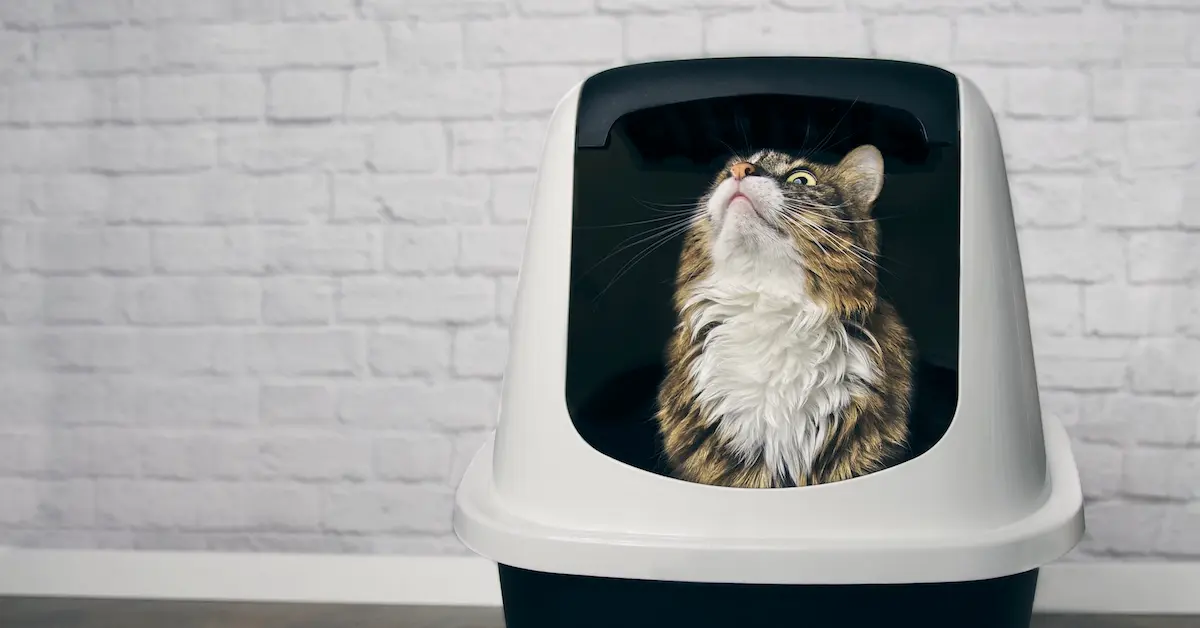
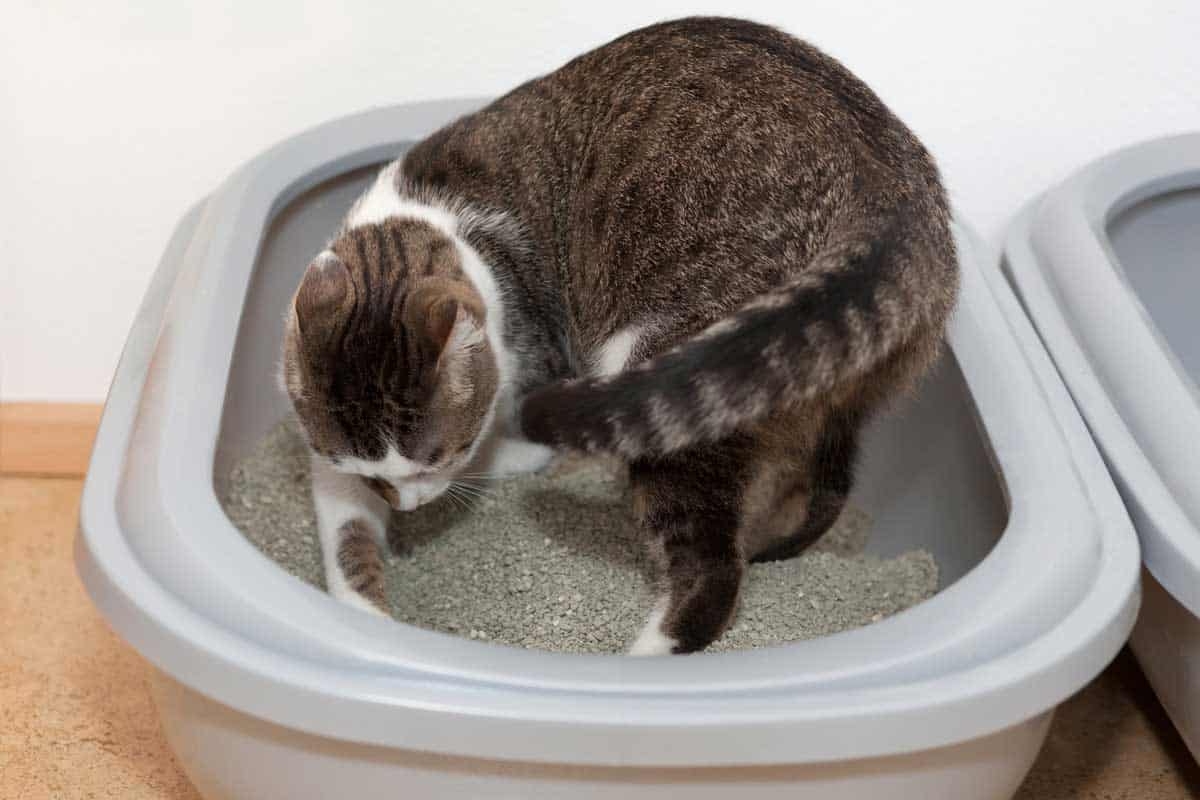
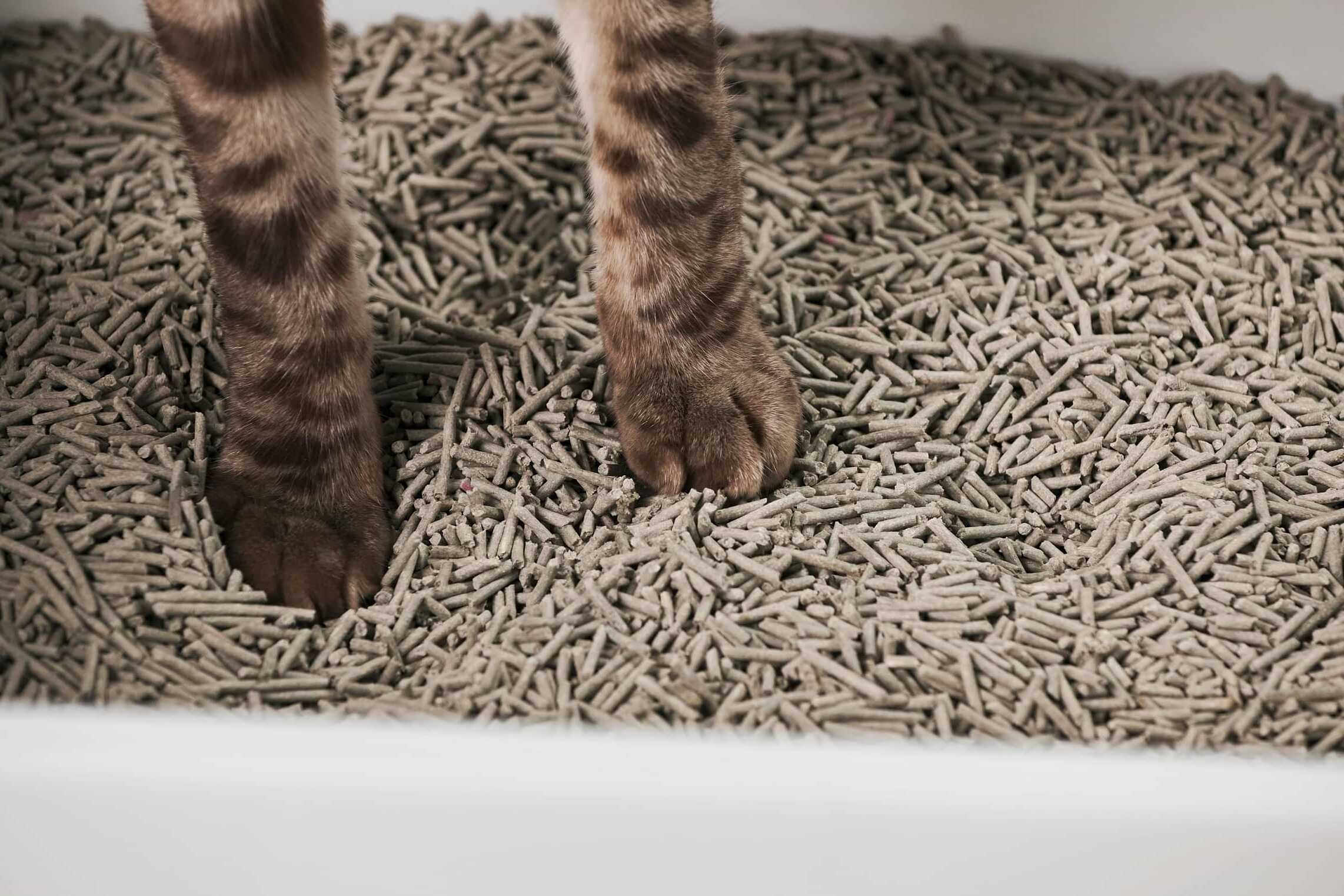
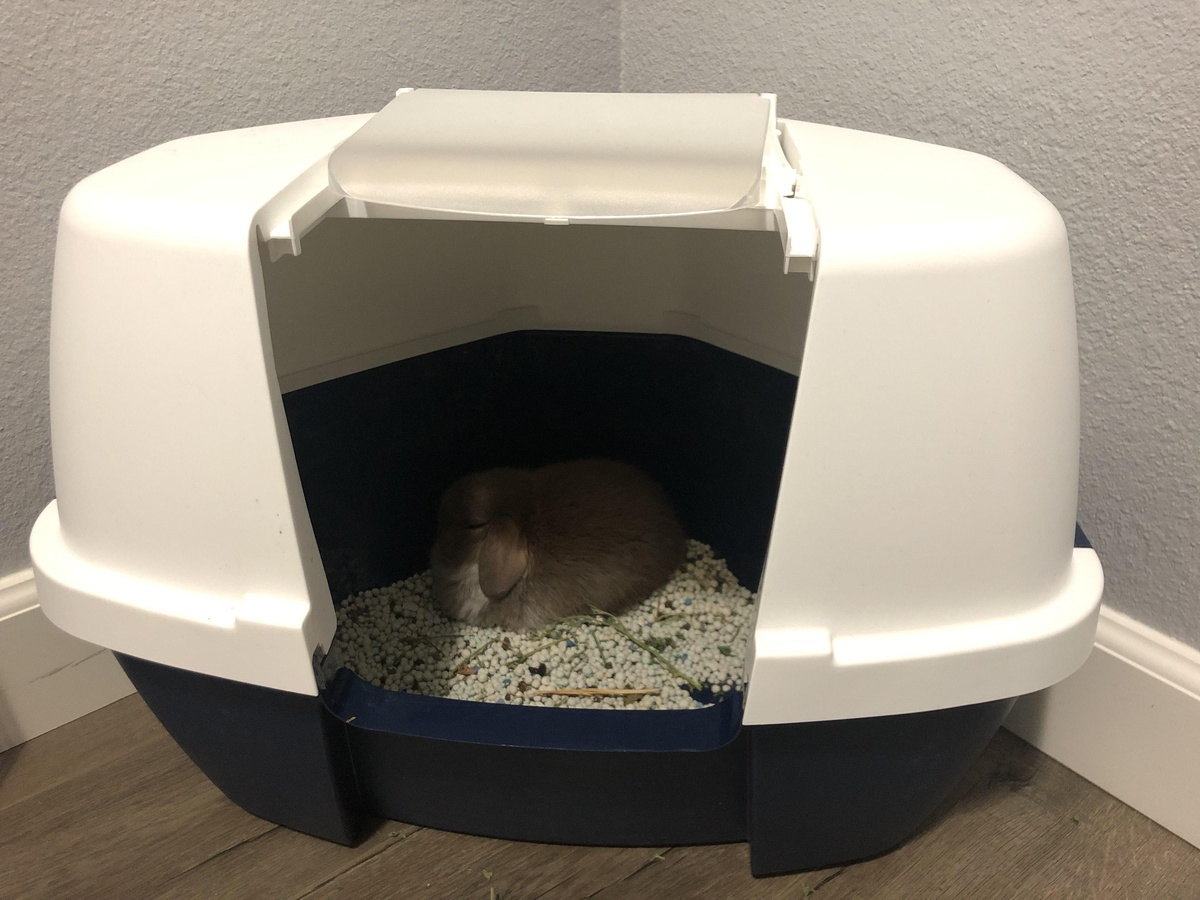
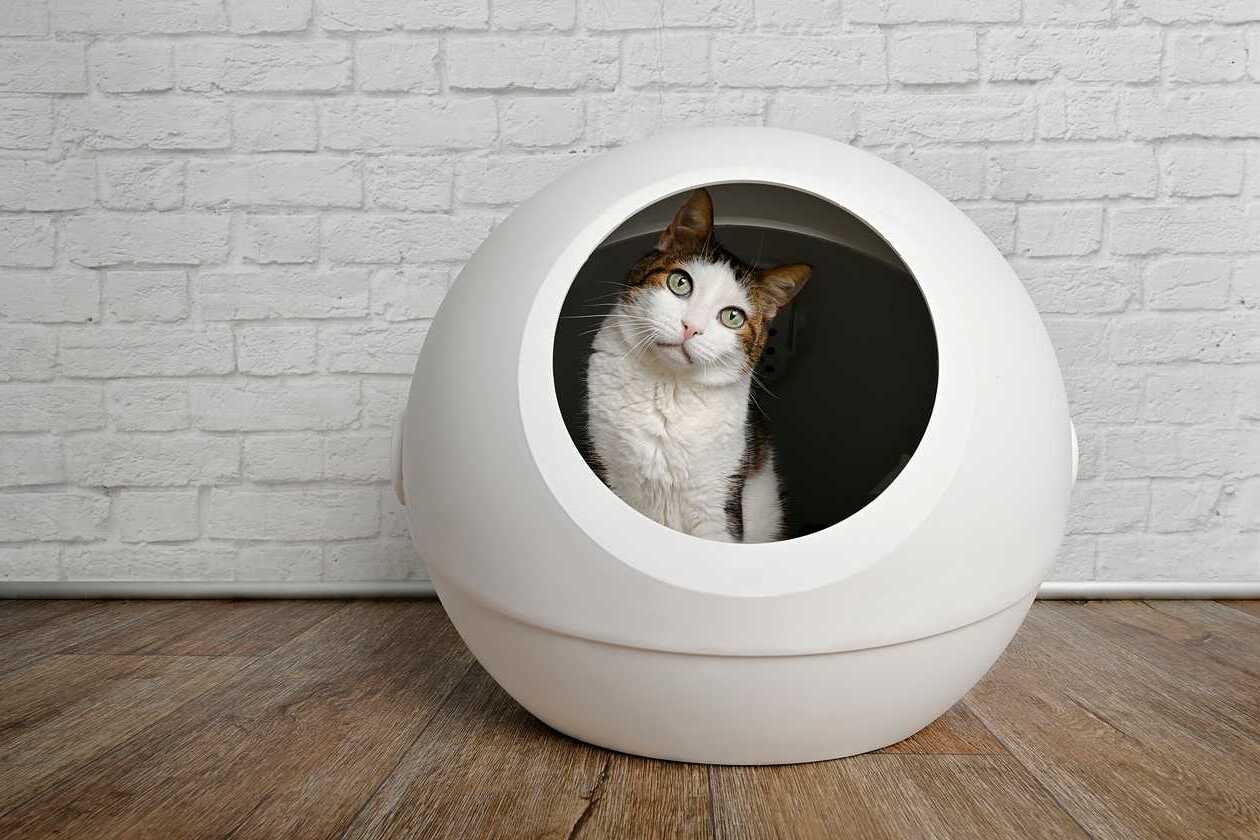
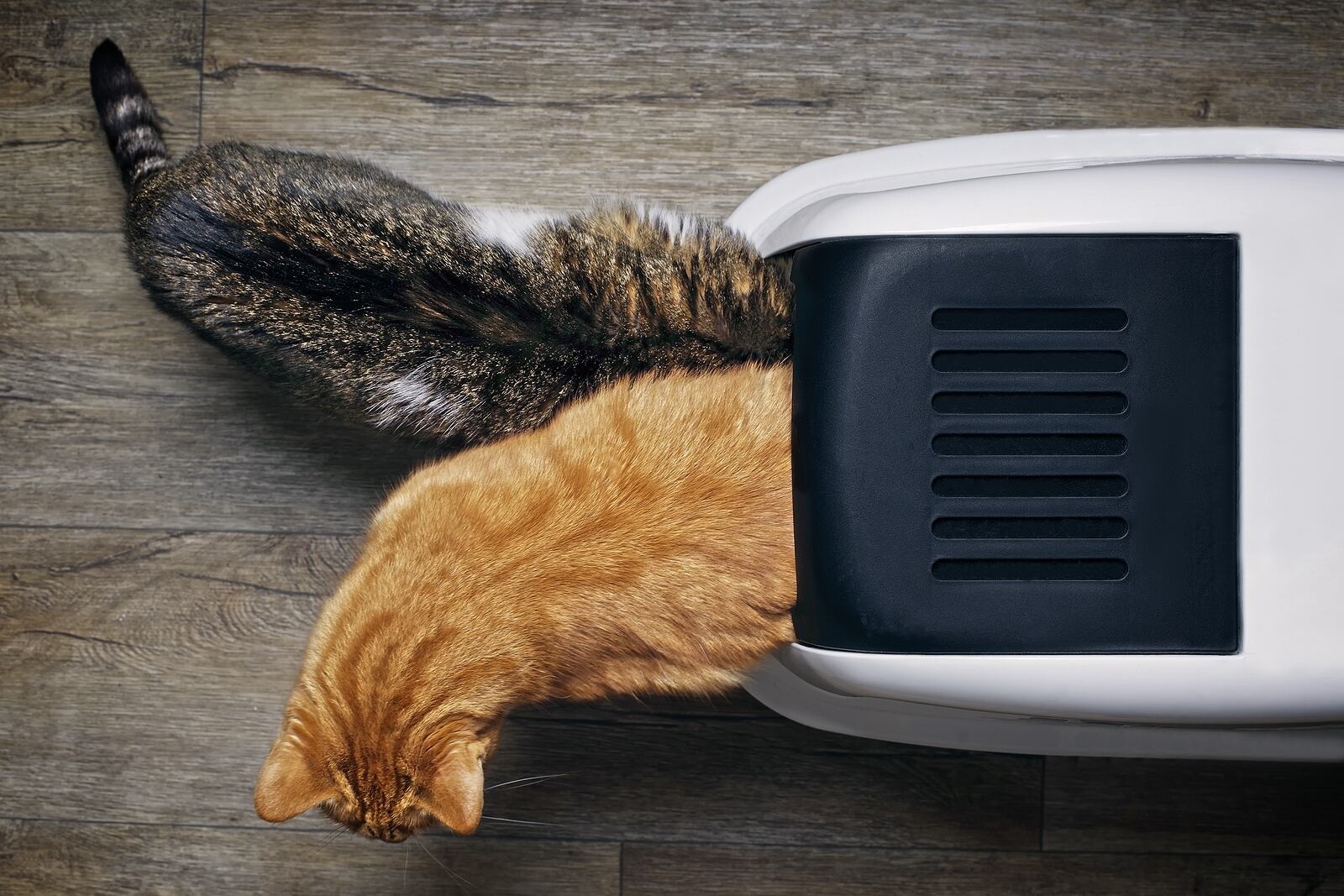
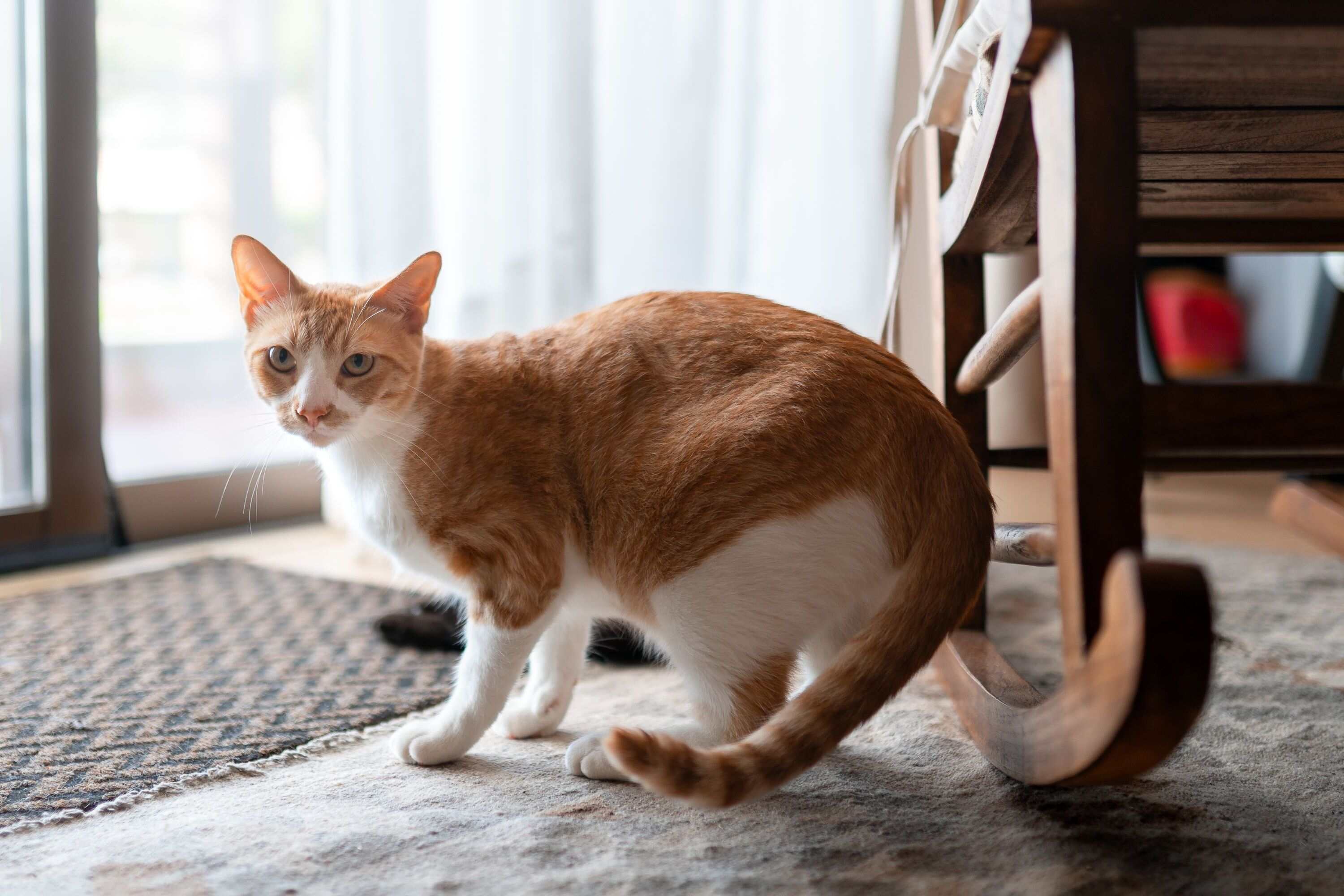
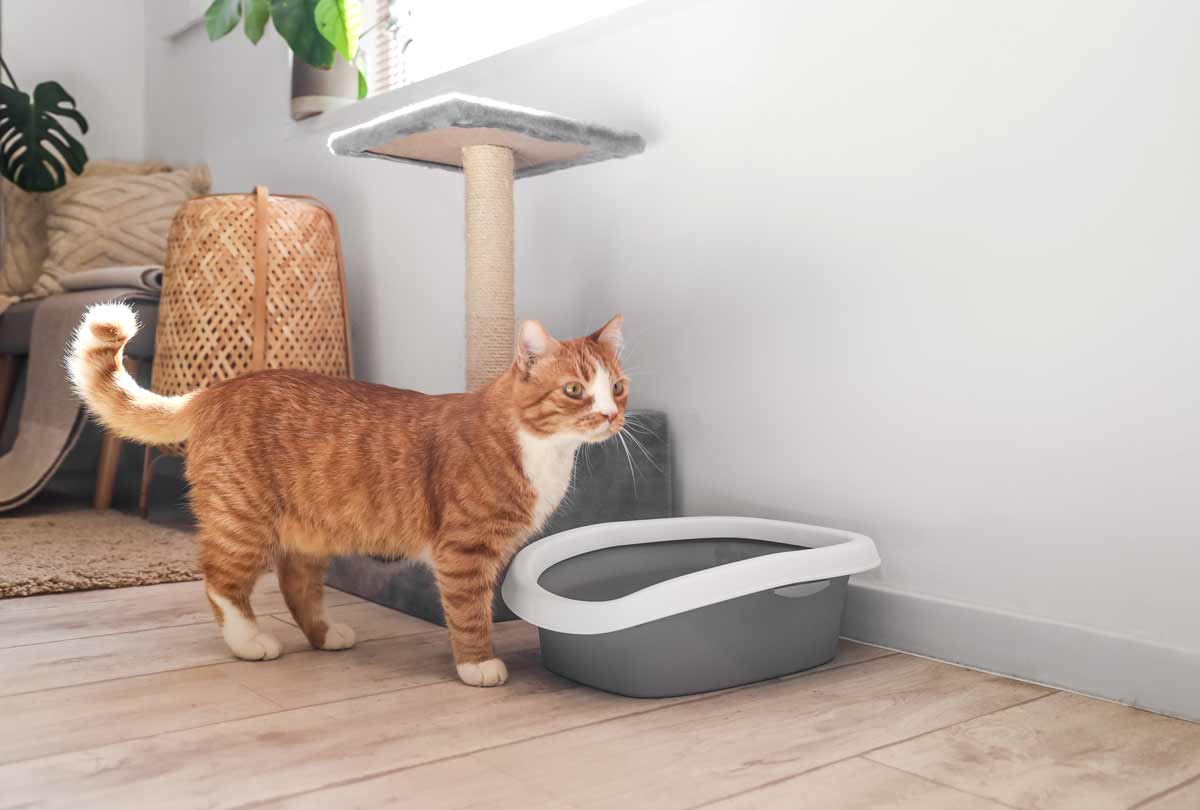
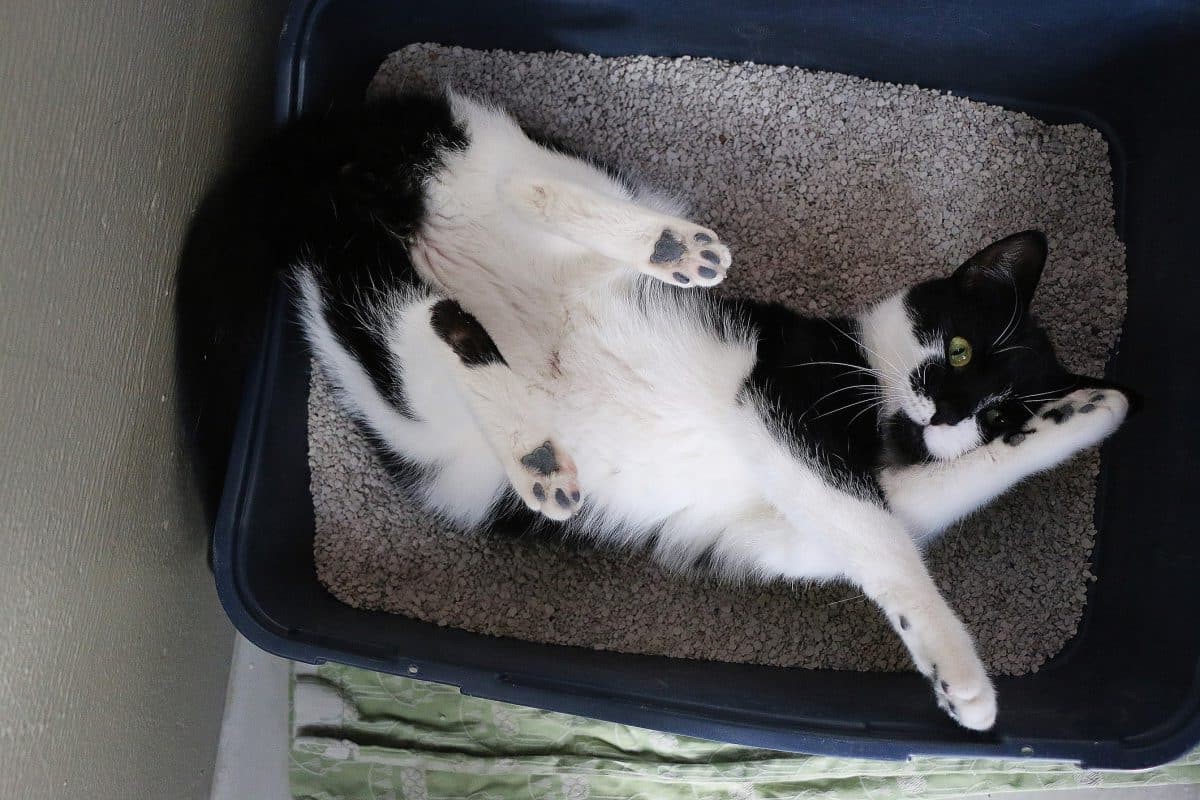
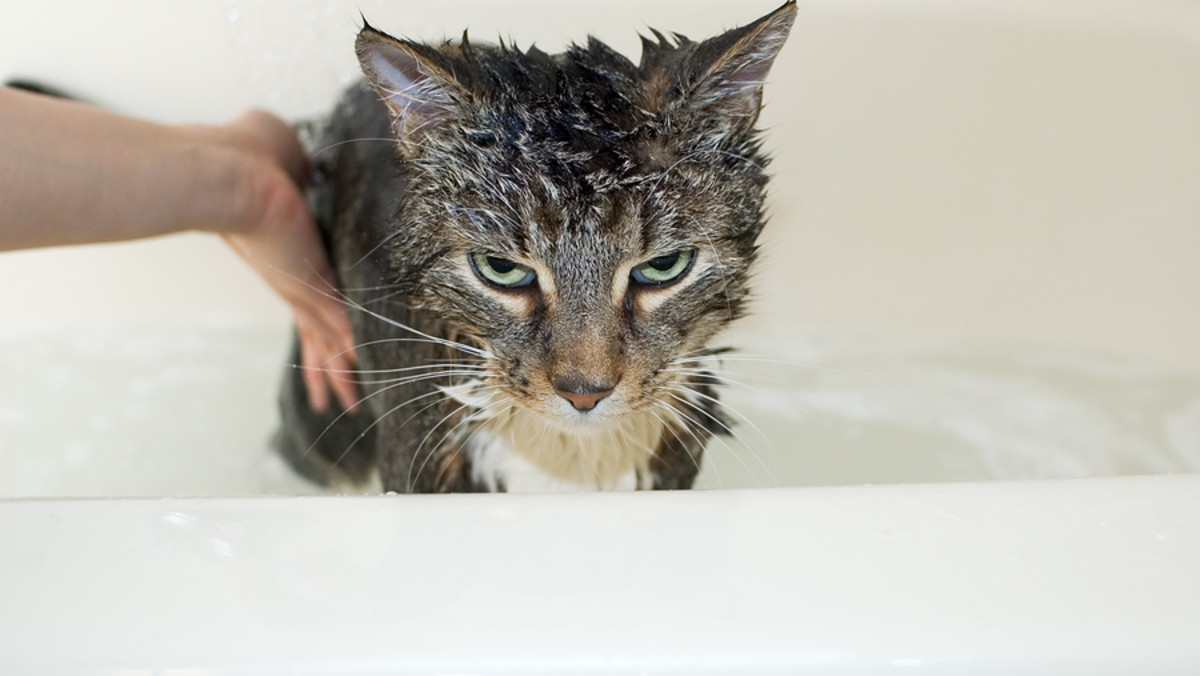
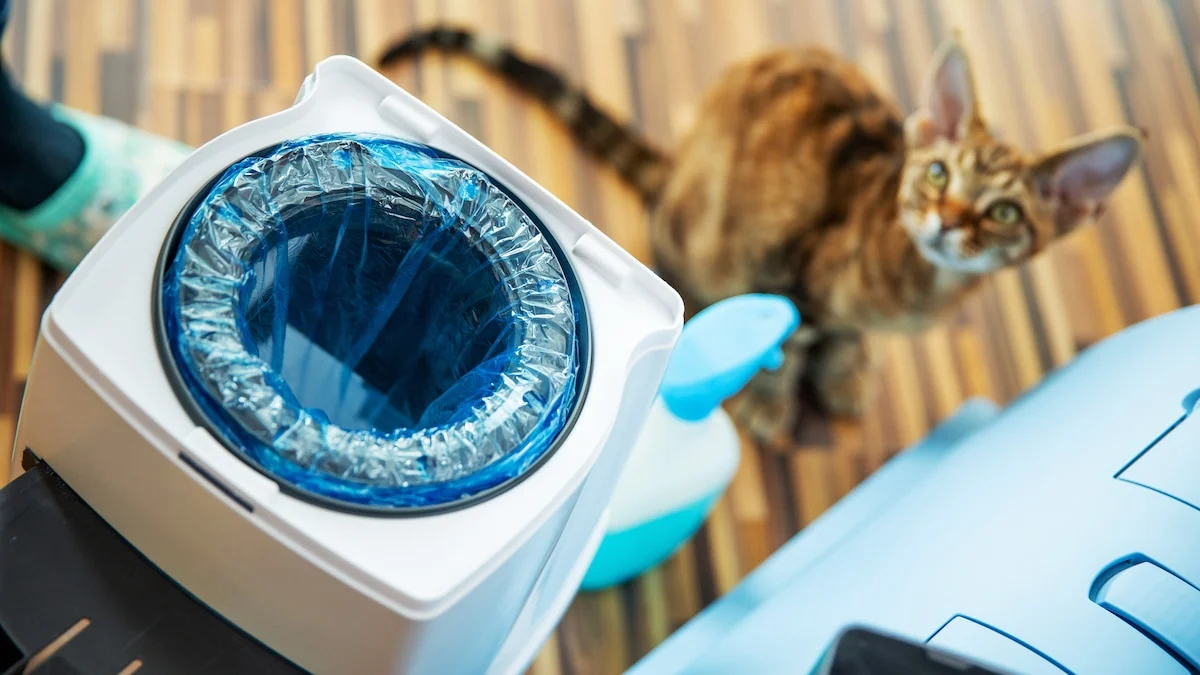

0 thoughts on “Why Does My Cat Scratch The Walls Of His Litter Box”